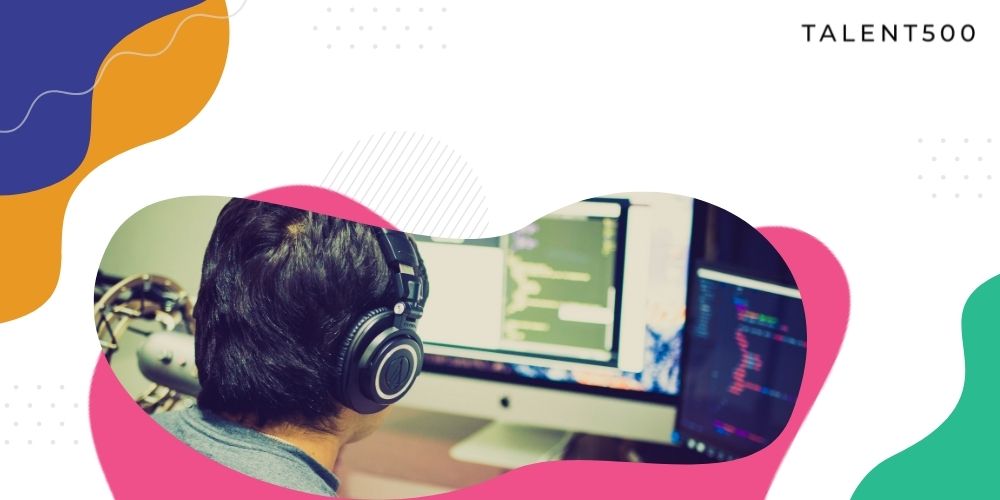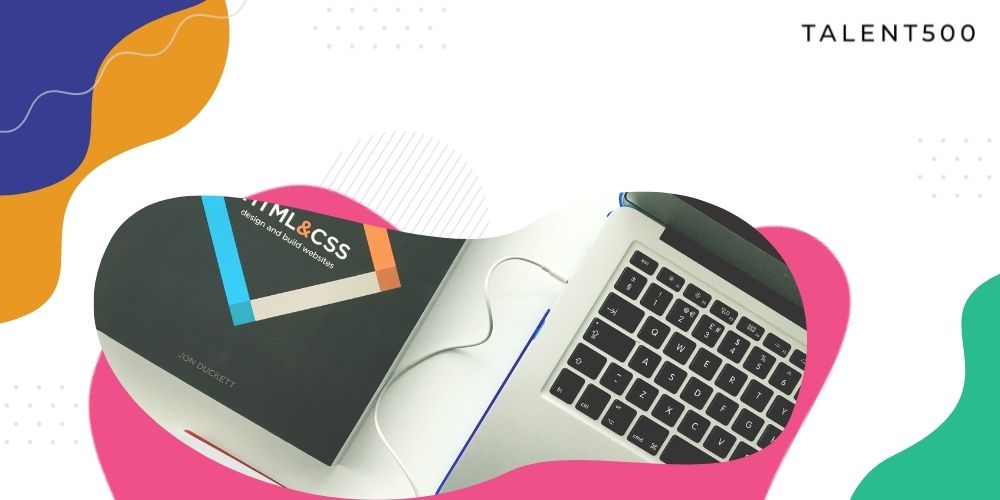App interface design is more than just making things look pretty and adding colors. Designers must build app interfaces for a seamless and consistent user experience. With an ever-increasing number of devices in our daily lives, we expect the products and services we use to shift from device to device.
A truly interactive app interface provides people with a delightful experience across devices regardless of screen size. Responsive frontend development is the foremost requirement of modern applications. Poor UI design can cause customers to leave in frustration. It can be due to complex forms, too many elements, or complicated navigation. Once a customer walks away, it is unlikely that you will see them again. A responsive interface makes content truly viewable but more notably usable by adjusting, removing, or adding elements. Compelling content and element resizing principles in app development depend on the technology.
This article will focus on responsive frontend development tips to help developers target various screen sizes.
Create different experiences for different devices
Every device is better at doing certain things. Not all features of an app will make sense on all devices. Identifying the different contexts of how users will use the product on different devices is essential.
For instance, consider an app about movies. Users will want concise information like movie listings, nearest theaters, ticket booking, and showtimes on the mobile app. However, users will expect a more immersive experience on desktops, such as movie trailers and production details.
A modern responsive interface has to maximize the user experience for all devices. The focus must be on integrating functionalities according to the device instead of simply stretching the interface to fit the screen.
Design for the smallest screen first
Most UI designers wish to design a responsive interface for the larger screen. Many designers do it; nothing unusual about it either. But principles of user-friendly UX design dictate that the experience must be as simple as possible for the user. Simply put, you must include only the most essential features. For example, you can provide sharing icons like email and bookmarking on a desktop screen, but replace the same with WhatsApp share or FB messenger share options on the mobile screen.
Experts suggest designing the interface for the smaller screens first. Why? It ensures you avoid Feature Creep — adding too many features to a product that make it too complicated to use. When designers create a responsive interface for the smallest screen first, they are not distracted by the need to add as many features as possible. It is also known as the mobile-first approach.
Adobe has shared an insightful resource on Mobile-First Design Strategy. Make sure to check it out.
Get the details right
When creating a responsive interface, there is much complexity to handle. It is necessary to understand the strengths and weaknesses of each device. Consider all the variables to create a quality experience for each user. Device input capabilities, display features, screen orientation, and navigation style are some essential factors. Depending on the scenarios, you might want to design two or three app versions to get the details right.
Another aspect is the context in which different devices will be used. You will be responsible for crafting experiences that provide the right content, on the right device, at the right time. For example, Dropbox has innovatively used flexible visuals and a fluid grid to create a responsive website. When you switch from desktop to mobile website, not only does font size change but the font color is also adjusted to accommodate background color.
Provide a consistent experience
Consistency is the key to making users believe that the app is genuinely responsive. In the context of responsive front-end development, consistency implies a similar experience across all screen sizes.
Modern websites and apps must offer an omnichannel user experience. It is required for three reasons:
- It sets the user’s expectations for future interactions.
- It builds user confidence.
- Consistent experience makes it easier for users to navigate the product on any device. Consistency and seamless experience are different. Do not get confused between the two. Consistency is about design elements, while seamless experience addresses the content.
Provide a Seamless Experience
People move back and forth between devices a lot and expect their services and products to do the same when it happens. It is crucial to get things done efficiently, irrespective of the device. Creating a seamless experience is essential to offer people ease of use.
Think about it – do people think about the device they are using when they are using your product? You have to let them have a seamless experience by ensuring that the content consumption on each device is in sync. For instance, Apple Music allows users to set up a playlist on Mac instantly available on their iPhones. Users can start listening to songs, and when they shift to the desktop, they move to the point where they are on the iPhone.
Conclusion
Responsive front end development in 2022 is different. Rather than tailoring designs for each of many devices, designers must treat each screen size as a facet of the same experience. This is how the modern website and app interfaces offer a consistent and seamless user experience. Learn to elevate when, where, and how the app will create an optimal user experience.
Talent500 is a global network of designers, developers, and engineers. We help you find fulfilling job opportunities at some of the most innovative and prominent companies. Join us today to broaden your career horizon.







